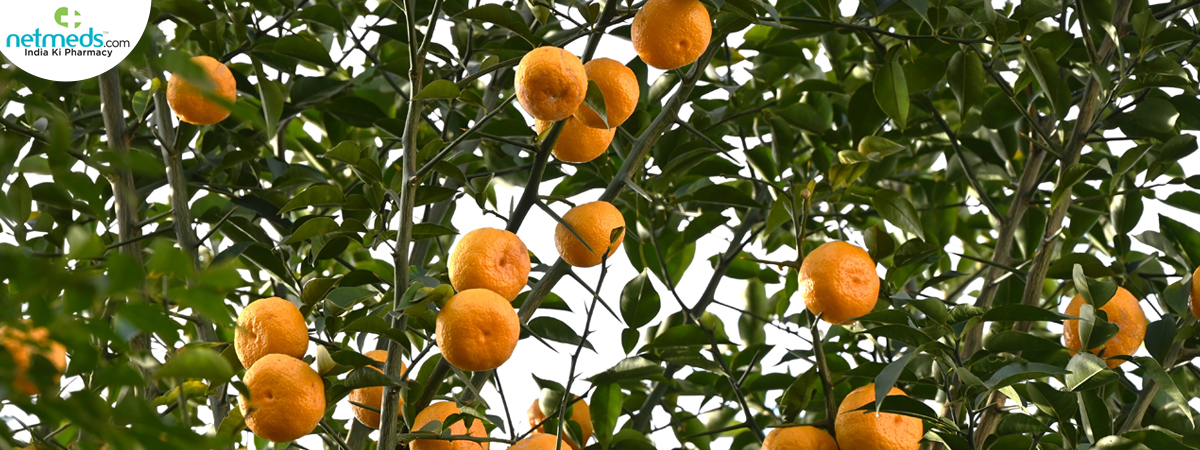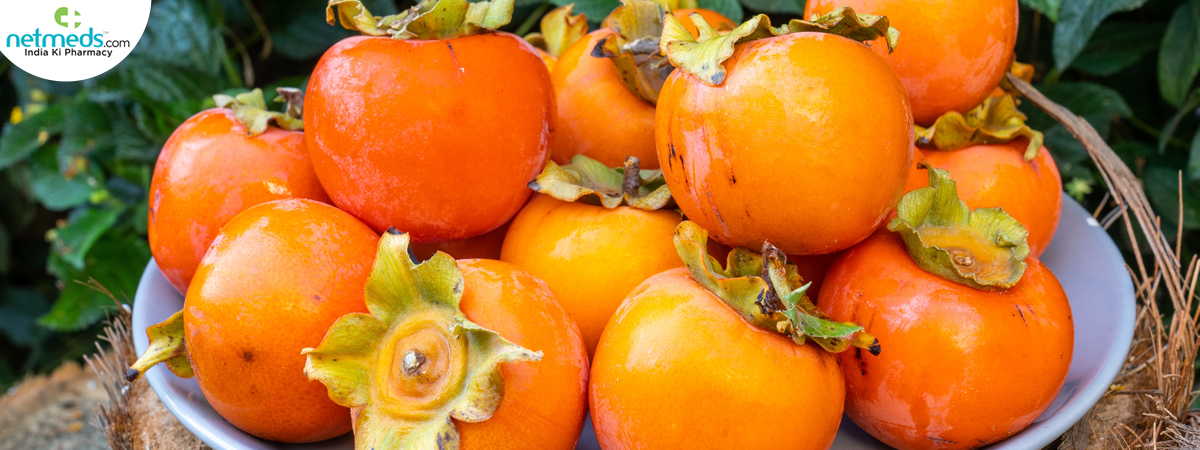Japan is renowned for its seasonal fruits, many of which are deeply ingrained in the country’s culinary traditions. Not just seasonal delights, these fruits are also now extensively available in Indian markets and are deeply connected to holistic wellness and play a major role in Asia’s seasonal cuisines and healthy lifestyles. With their natural sweetness, vibrant colours, and cultural significance, they are now grown in other countries too.
Beyond enjoying them fresh, pickling Japanese fruits is a beloved preservation method that enhances their flavour and shelf life. In this article, we will explore 5 types of Japanese fruits, their health benefits, and share one easy fruit pickling recipe you can use for all varieties.

Also Read: Butter Fruit /Avocado: Nutrition, Health Benefits, Keto Diet, Uses For Skin And Recipes
5 Popular Japanese Fruit Varieties
Amongst many luscious varieties relished across the world, here are the most popular fruits from the country that have gained immense popularity across the globe:
Mikan (Japanese Mandarin Orange)
Sweet, seedless, and easy to peel, mikan are a wintertime favourite in Japan. Often eaten fresh or juiced, they are ideal for both snacking and pickling. It is sweet and slightly tangy.
Kaki (Persimmon)
Persimmons are available in two types: sweet and astringent. The sweet variety is great for slicing and pickling due to its firm texture. It has a honey-like flavour.
Nashi (Asian Pear)
This crisp, juicy fruit is shaped like an apple but tastes like a pear. Nashi pears hold their shape well, making them perfect for pickling. The flavour of this variety is mildly sweet and is watery too.
Ume (Japanese Plum)
Known for their tartness, Ume are not eaten raw but are famous for their use in pickling plums and for plum wine due to their sour and extremely tangy flavour.
Yuzu (Japanese Citrus)
Used more for zest and juice than for eating whole, yuzu brings a fragrant, citrusy depth to any dish. Even the peel can be pickled for a refreshing twist. It has tart, aromatic flavour with floral notes.
Also read: 6 Natural Hunger-Suppressing Foods That May Help You Lose Weight
5 Health Benefits Of Japanese Fruits
Like all fruits, every Japanese fruit variety brings a lot of health benefits to the table. Let us check out some of them:
Bolsters Immunity
Fruits like mikan and yuzu are packed with vitamin C, which strengthens the immune system, boosts collagen production, and acts as an antioxidant.
Good For Digestion
The dietary fibre found in persimmons and nashi pears helps regulate digestion, prevent constipation, and support gut health.
Anti-Fatigue Properties
Ume and umeboshi (pickled Ume) are traditionally believed to help fight fatigue, support liver health, and aid in detoxification.
Supports Weight Loss
These fruits are naturally low in calories, making them ideal for weight management and healthy snacking without added sugars or fats.
Reduces Inflammation
Imbued with anti-inflammatory benefits, the Yuzu variety contains limonene and hesperidin, which may help reduce inflammation and oxidative stress in the body.
Also Read: Butter Fruit /Avocado: Nutrition, Health Benefits, Keto Diet, Uses For Skin And Recipes
Pickling Recipe For All Five Varieties
Available in grocery stores around the world, if you come across any or all varieties of this bright fruit, do not miss the chance to enjoy its sweet, sour, and tangy flavours, either fresh or as a delicious homemade pickle.
Try this simple, versatile Japanese-style sweet-and-sour pickling recipe, perfect for preserving individually or as a flavourful assortment of this delicious fruit. With just one simple vinegar-based pickling recipe, you can enjoy them in a healthy, flavourful, and beautifully Japanese way!

Sweet-Sour Pickled Japanese Fruit
Ingredients:
· 2 cups mixed sliced Japanese fruits
· 1/2 cup rice vinegar
· 1 cup sugar
· 1/4 tsp salt
· A small piece of kombu or dried kelp (Optional)
· A few red pepper flakes
· ¼ tsp black pepper
Method:
· Peel and slice firmer fruits like persimmons and nashi
· Segment mikan and remove any seeds
· Use only the peel or thin slices of yuzu
· If using Ume, pit them or use them whole if soft
· In a small saucepan, combine rice vinegar, sugar, pepper, and salt
· Heat gently until the sugar dissolves
· Remove from heat and let it cool to room temperature
· Place the prepared fruit into a clean glass jar
· Pour the cooled brine over the fruit until fully submerged
· Add kombu or chili flakes if using
· Seal the jar and refrigerate
· Let it pickle for forty-eight hours for a lightly pickled taste
· It can be used for fifteen days
· Serve alongside rice and grilled vegetables, add to salads for a citrusy kick, or enjoy as a tangy appetizer
(This article is reviewed by Kalyani Krishna, Chief Content Editor)
Author Profile: Preeti Sharma
Preeti Sharma has a master’s in electronic media and mass communication and certification in short-term writing from Florida. With close to a decade of experience, she specializes in crafting engaging blogs on beauty, veterinary care, and healthy cooking. Preeti is proficient in video editing tools and produces captivating and informative content across multiple platforms.
References:



 Previous
Previous